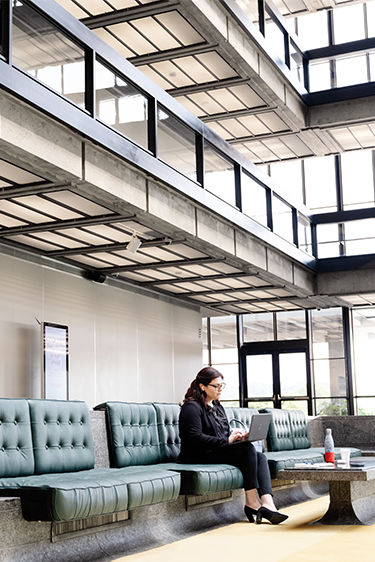Sugerencias para usar tu teléfono móvil
Looking to learn more about how to use your cell phone or smartphone? Browse through our articles to up your tech savvy and get more out of your phone.
Páginas relacionadas
Verizon +play
Agrega, administra y cancela todas tus suscripciones en un solo lugar. Y obtén descuentos.

Ofertas de Verizon
Ve las ofertas más recientes de Verizon en smartphones, accesorios y más.

Personaliza tu plan Unlimited de Verizon
Paga solo por lo que necesitas. Ve los últimos planes telefónicos y de datos Unlimited.

Verificado por el equipo editorial de Verizon. Este contenido se comparte solo con fines informativos. Toda la información que se incluye en esta página está sujeta a cambios sin previo aviso. Verizon no es responsable de ningún daño, ya sea directo o indirecto, que surja del uso o de la fiabilidad del contenido antes mencionado, o que esté relacionado con estos.


